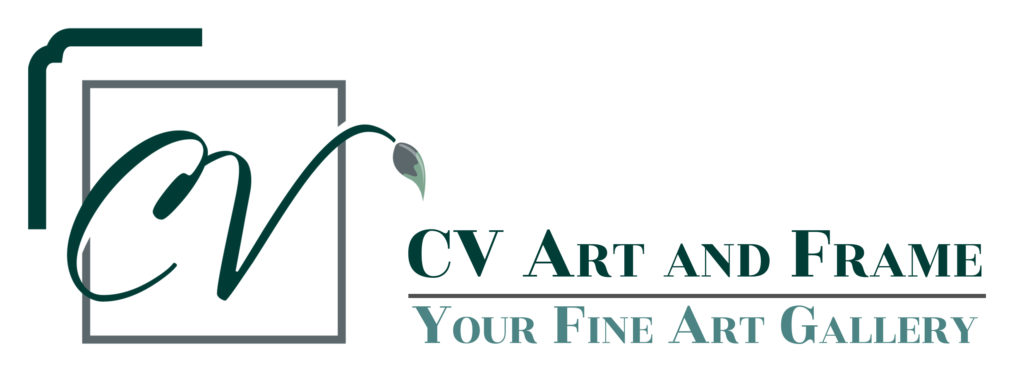Art holds a unique place in the world of commerce, where value seems subjective and often elusive. Unlike most other commodities, the price of art is not solely determined by material or production costs. Instead, it is influenced by a myriad of factors, ranging from the artist’s reputation to the piece’s provenance as well as market demand. Let’s delve into the complex world of art pricing to uncover some of the factors that contribute to a work’s value.
Perhaps the primary factor influencing the price of art is the reputation and recognition of the artist. Established artists with a proven track record of success, critical acclaim, or institutional recognition often command higher prices for their work due to the perceived value associated with the artist’s name.
The medium and materials used in creating a piece of art can also impact its price. Works created with rare or expensive materials, such as precious metals or archival-quality paper, may have higher production costs, leading to higher price tags. Additionally, the complexity and labor-intensive nature of certain mediums, such as oil painting or sculpture, can contribute to higher prices.
Size and scale of a piece of art can significantly influence its price. Larger works often command higher prices due to the increased material and production costs associated with their creation. Larger pieces may be perceived as more substantial and impactful, leading to higher demand and value in the eyes of collectors.
Artistic style and genre can also play a crucial role in determining the price of a piece of art. Works associated with popular or historically significant artistic movements may command higher prices due to their cultural significance and market demand. Similarly, pieces that align with current trends or appeal to specific collector preferences may fetch higher prices on the market.
In a world with piracy and fraud, the provenance and history of a piece of art can also impact its price. Works with documented provenance, indicating a clear chain of ownership and exhibition history, are generally perceived as more valuable and desirable to collectors. Additionally, pieces with notable historical significance or cultural relevance may command higher prices due to their rarity and significance within the art world.
Market demand and trends play a significant role in determining the price of art. Works that are highly sought after by collectors and institutions may experience increased demand and competition, driving prices upward. Also, fluctuations in the art market, influenced by factors such as economic conditions, cultural shifts, and auction results impact the perceived value and pricing of art.
Art pricing is not an exact science and vary significantly based on individual factors and market conditions. Artists and publishers employ various pricing strategies that take costs, effort and demand into consideration.
To sum it up, the pricing of art is a multifaceted and nuanced process, influenced by a wide range of factors including the artist’s reputation, medium and materials, size and scale, artistic style and genre, provenance and history, market demand and trends, and pricing strategies. Understanding these factors can provide valuable insight into how art is valued and priced in the complex and ever-evolving art market.
As collectors and enthusiasts navigate the world of art they are able to develop a deeper appreciation for the value and significance of the pieces they acquire, enriching their collecting experience and contributing to the vibrant and dynamic landscape of the art world.
